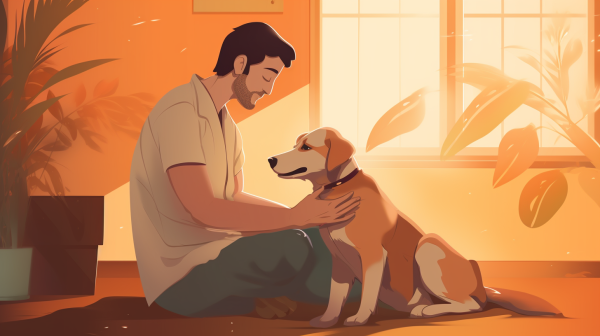Key takeaways
Finding a lost dog can feel like an impossible task. But it doesn't have to be. The PetRadar team has put together this ultimate guide to simplify the process for you and increase the chances of finding your best buddy.
Before you begin your search, you'll need to contact your microchip company and report your dog missing to local animal shelters.
Where your dog goes depends on their personality and why they ran away. We provide thorough checklists for your search that cover different scenarios.
Using social media is an essential step in spreading the message. Starting a PetRadar search can notify over 4,000 neighbors of your missing dog. We'll also provide you with a personalized and printable lost dog poster.
Quick Navigation
First steps
Contact your microchip company
Make sure your address is up to date
Make sure your contact number is up to date
Report your dog missing
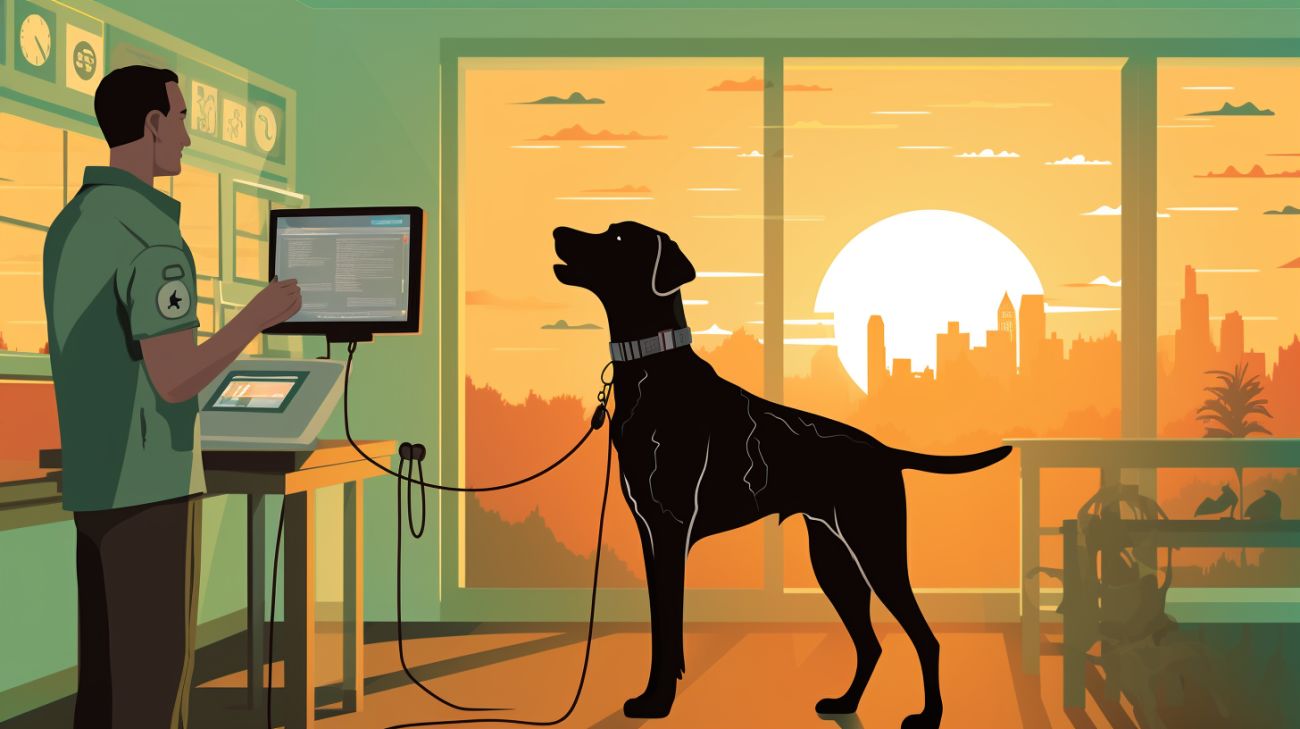
Report your lost dog to the local animal shelter
Provide a detailed description of your dog's physical traits (if you can share photos, even better!)
Provide a detailed description of your dog's personality traits
Provide details of areas you and your dog visit
Provide your contact details
Provide your address
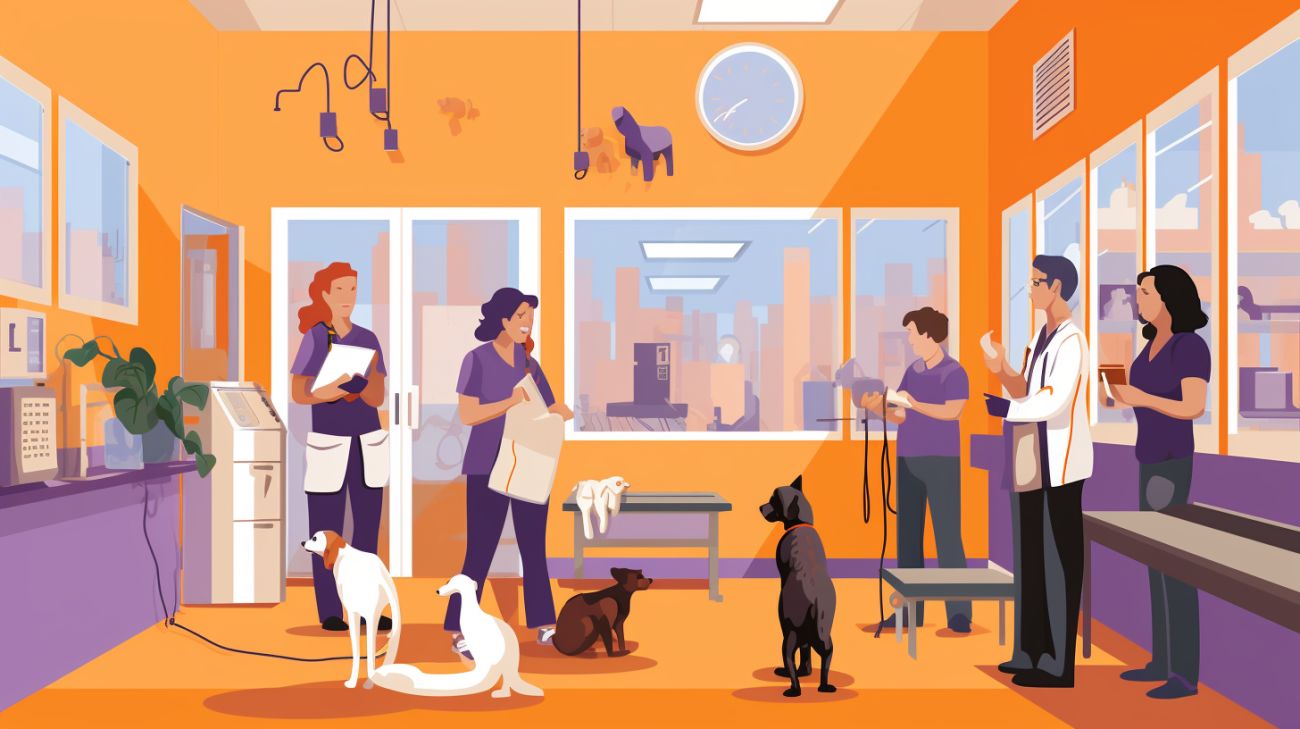
Recruit help for the search
Making posters (we'll get to that later)
Spreading the message
Searching their garden and space around their house
The more people helping you search, the better. Dogs can travel far, and the more space you cover, the more likely you are to find them.

Start a physical search
Checklist for near home
Under beds
In wardrobes
In bathrooms
Under sofas
In cupboards
In a basement
Trapped in a bedroom
Under cars
In hedges/bushes
In the garden
In sheds
In garages
In outbuildings
In bins

Checklist for further afield
Local parks
Neighbor's houses and gardens
Shops
Popular dog-walking spots
Public gardens
Town centers
Abandoned buildings
Quiet streets and roads
Fields and farms
Sheltered and quiet places
Hiding spots like behind trees or behind buildings
The route back to your house
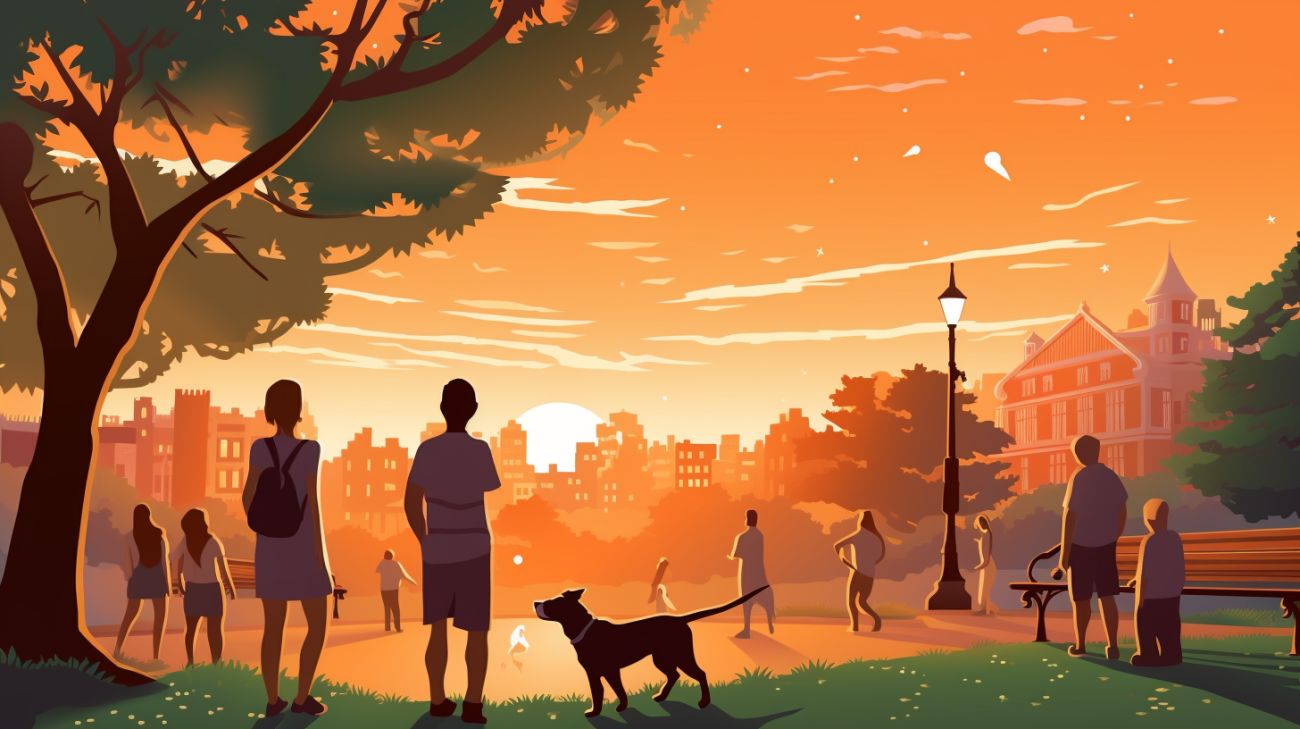
Tips for your search
Bring a bag of treats and some strong-smelling food: We know that the majority of our dogs are food-oriented. Most dogs can hear a sound from a mile away (1.6km), which means shaking their favorite treats can be a very effective way of attracting them to you during the search. (source)
Keep calling their name: Dogs are incredibly clever animals. They can not only recognize vocal patterns, but they seem to be able to differentiate speech from non-speech patterns (source). Your furry friend will be looking for you, so if they hear your voice, they should come running. Keep calling their name!
Dog whistle or familiar sound: As well as shaking treats and calling their name, your dog may recognize personal familiar sounds. So, if you trained them using a dog whistle or a particular sound when they were puppies, be sure to bring it along to help the search. It sounds crazy, but sometimes our dogs even have a favorite song. Anything familiar can help!
Start a PetRadar search
A personal dashboard to monitor the progress of your search and manage reported sightings
A listing of your missing dog on our website
Personal support and guidance throughout the whole process
A downloadable missing dog poster designed by experts

Create lost pet posters
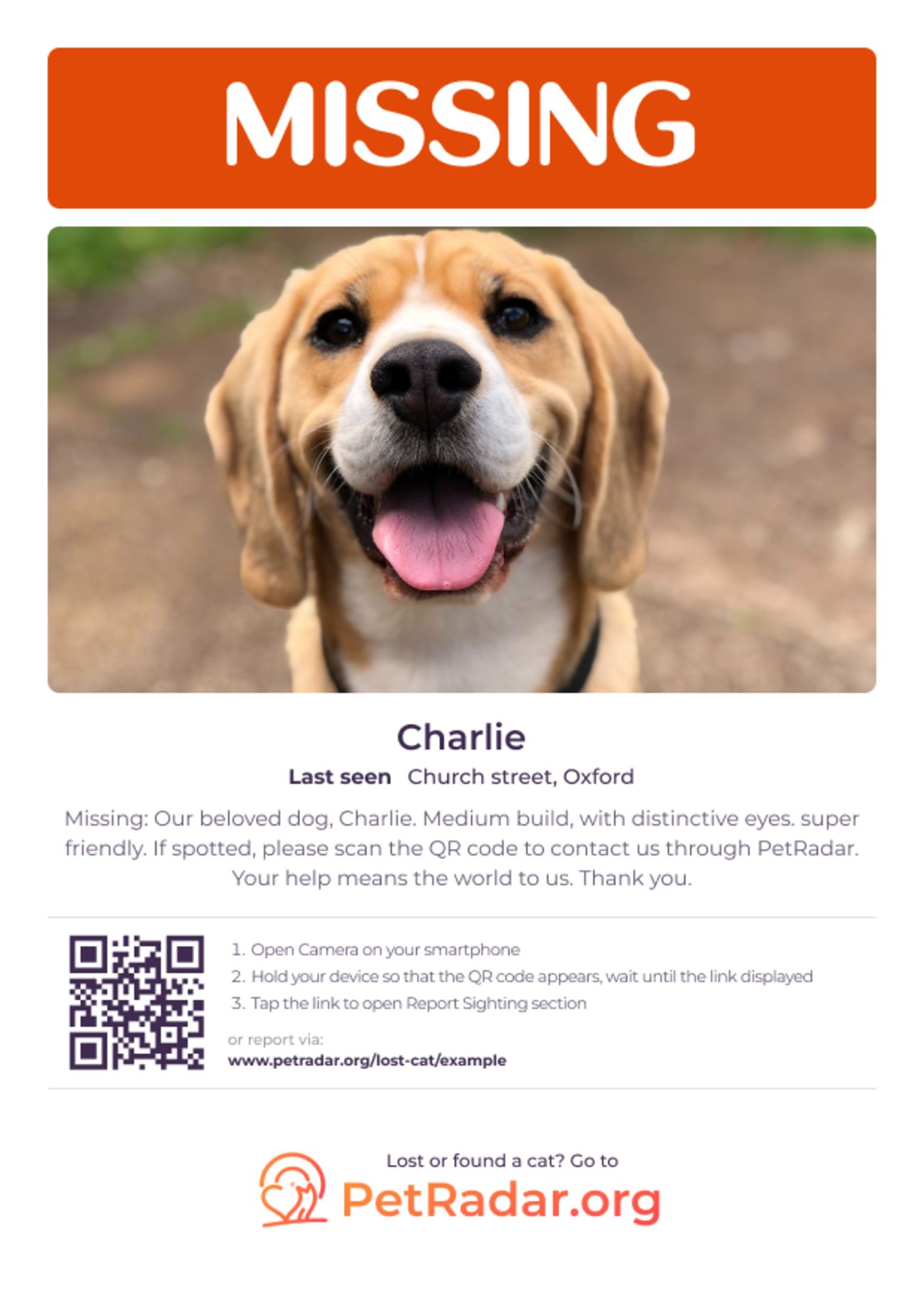
Design tips for missing dog posters
Photos of your dog: Take pictures of your whole dog, but also include close-up photos of memorable physical traits. This could include things like markings or the length of their tail.
Description of your dog: It's useful to describe what your dog looks like as well as photos. But it's also important to describe their behavior and personality. For example, it's important for the public to know how to approach the dog if they do see them. So, be sure to mention whether they are shy, timid, adventurous, friendly, or even aggressive.
Your details: Providing a contact number or email address is essential to receive sightings and information about your dog's behavior. It's also useful to provide an address of where your dog lives so people will know where to look.
Where to stick your poster
Common areas of apartment complexes
Community notice boards
Community buildings, like town halls
Parks
Shops
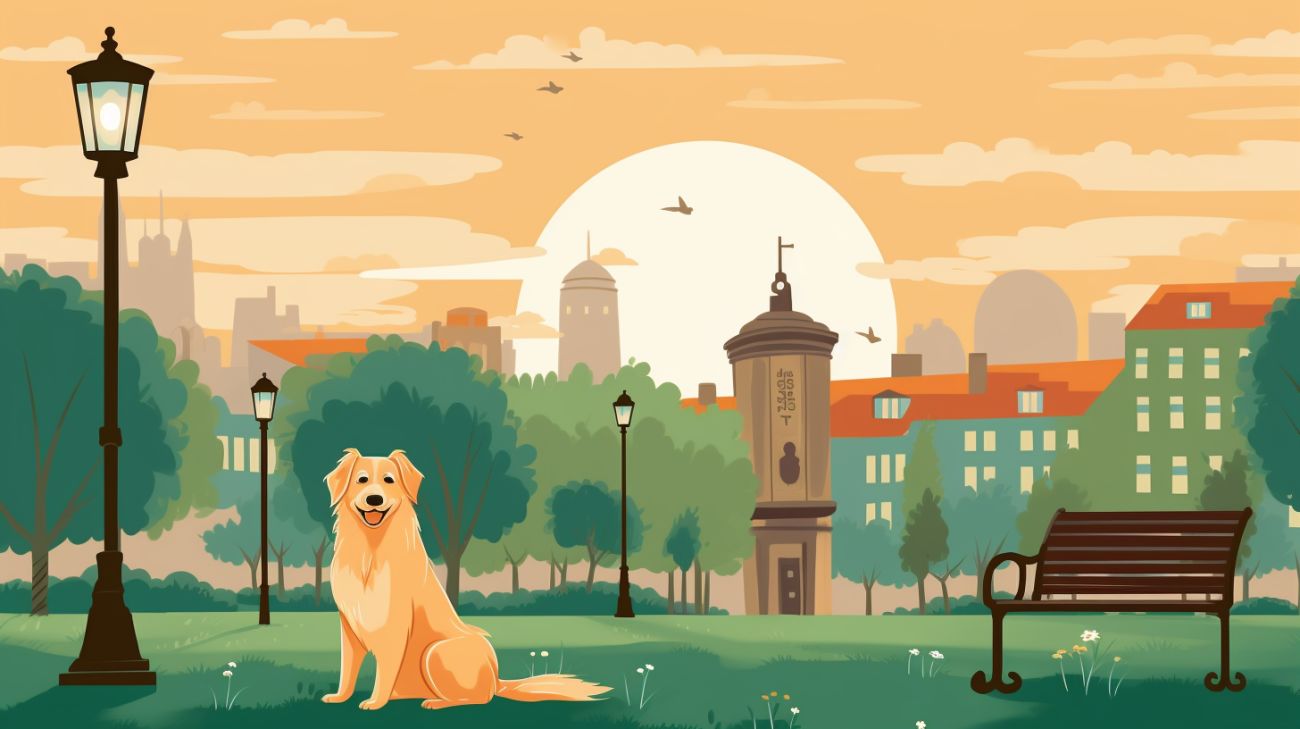
Take to social media

FAQs
What does a dog warden do?
Dog wardens manage complaints about dog fouling, missing dogs, stray dogs, and dangerous dogs. They can also help owners by offering advice about their dog's health.
What to do if you've lost a dog?
If you've lost a dog, report them missing at local animal shelters, your microchip company, and the local dog warden. Then, start a thorough physical search.
What percentage of lost dogs are found?
93% of lost dogs are found, which means owners have a very high chance of finding their dogs when they go missing.
What are the chances of finding my lost dog?
The chances of finding a lost dog are very high. 93% of dogs are found, meaning you are likely to find your pup with a thorough physical search.
How do I find my scared lost dog?
A scared, lost dog will likely hide rather than run for a while. This means you should check hidden spots like abandoned buildings, quiet backstreets, farms, and fields.
Where do dogs hide when lost?
Dogs will hide in quiet places when they are lost. This includes places where people are unlikely to go, like abandoned buildings, farms, and fields.
How long can a dog survive when lost?
Dogs can survive a long time when they are lost. Most dogs can go up to 5 days without food and 3 days without water. However, if they are lost for longer than this, they will likely be able to find scraps of food and sources of water so they can potentially survive for as long as they would at home.
How long do dogs usually go missing for?
Most dogs are found within the first 24 hours. If they aren't, the chances of finding them decrease week by week.

